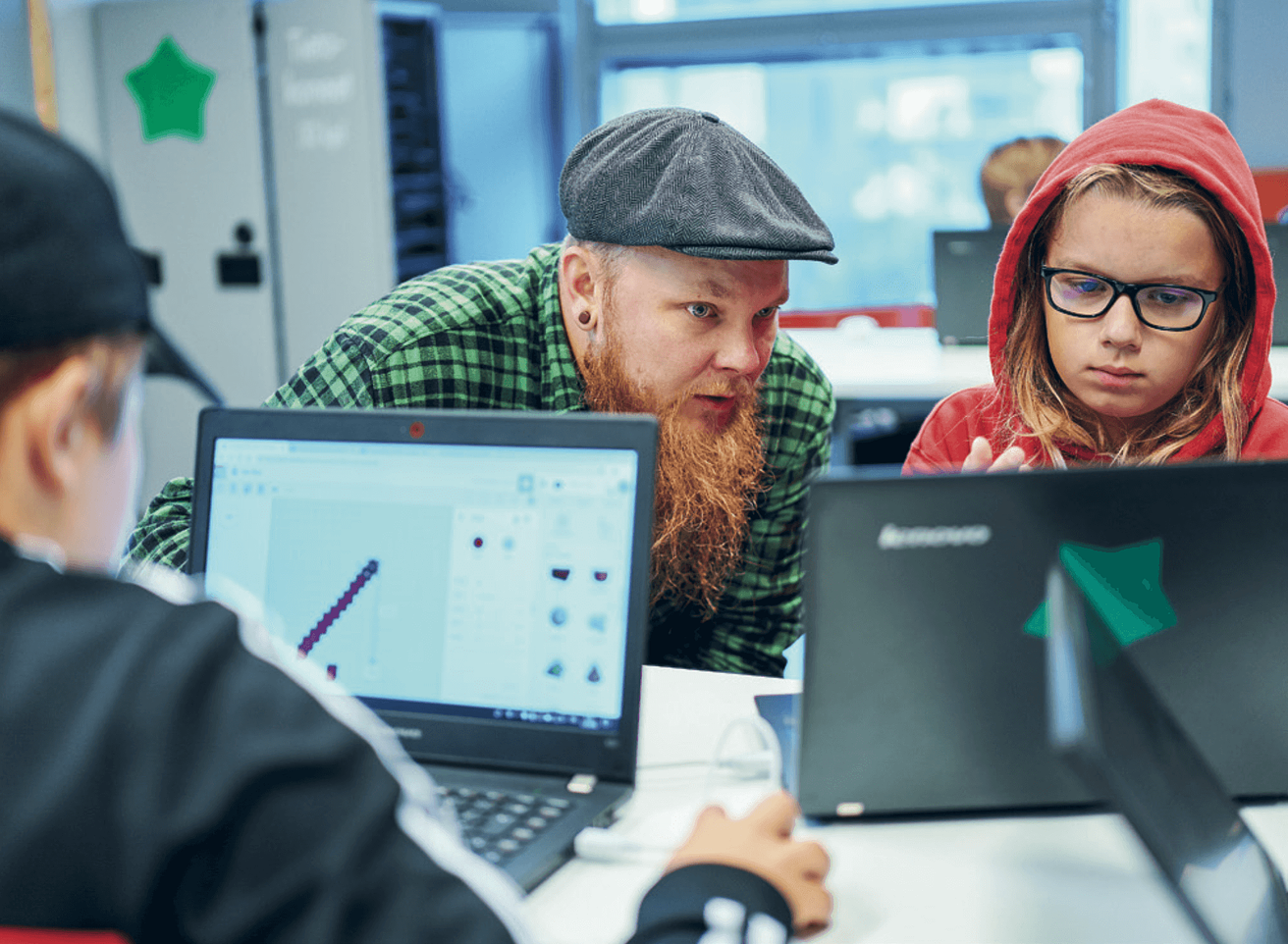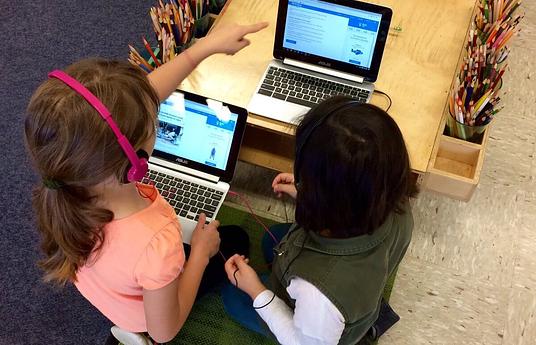In December 2019, results were revealed for the Programme for the latest International Student Assessment (PISA). For those who don’t know, PISA is a global test of 15-year-olds in math, science, and reading every three years with 79 participating countries aimed at gaining some understanding of how well OECD countries are best preparing their students in these traditional subjects. This time, however, the OECD broadened their focus to include questions about student wellbeing. Significantly, the results revealed that:
- around one-third of students said they were not satisfied with their lives
- a quarter reported being bullied at-least a few times a month
- and 6% said they always felt sad.
HundrED’s Creative Director, Saku Tuominen, attended the release of PISA in Paris and reflected that “an education system that scores well but with the price of wellbeing is useless”. Jack Ma, the former head of Chinese e-commerce giant Alibaba, reinforced this sentiment, saying in his speech that “We need to quickly change the KPI of Education, not test test test test… If we think examination is the only way… if that is the KPI I don’t think education will go in the right direction…” (18:50).
HundrED’s report on Digital Wellbeing was released in the same month (December 2019), which included a global teacher and student survey. It revealed findings that add to our understanding of the PISA results – particularly on how activities involving digital devices affect wellbeing. Notably, 81.64% of students and 83.7% of teachers thought adults do not model healthy habits with digital devices. It also discovered that only 2.33% of teachers said they had all the resources they needed to teach different aspects of digital wellbeing that are relevant for students today, and over 90% said they would “likely” or “definitely” use resources if they knew they would be effective.
So how can we help promote digital wellbeing in schools?
Along with highlighting 10 already impactful and scalable innovations that promote Digital Wellbeing in this HundrED Spotlight (read about them here), there were 8 recommendations based on its research revealed in the report. Here they are:
1. Adults should be a priority to improve education around digital wellbeing
Parents and educators are most often behind young people on the various digital wellbeing issues that impact them. Therefore, adults should be a priority to improve the culture around digital wellbeing. For this reason, half of the selected innovations for HundrED’s spotlight on Digital Wellbeing target adults.
“It is a fraught area. Perhaps because so many adults struggle with their own digital wellbeing, we don’t know how to model, let alone teach positive habits and behaviours. Maybe we need to start with PD for educators on the effects of poor digital wellbeing and ways to increase one’s own digital wellbeing, or addressing school wide cultural practices, before even focusing on our students.” – TEACHER FROM FINLAND/AUSTRALIA
2. Adults should occasionally participate in the activities their students are engaging with to build understanding between generation gaps
Adults think of their online activities as separate whereas young people do not distinguish between the two environments. To bridge this generation gap, adults should occasionally participate in the activities their students are engaging in to build understanding and a shared dialogue.
“Young people are a lot more responsible with social media than people give them credit for.” – STUDENT AGED 17 FROM THE UNITED KINGDOM'
3. There needs to be much more visible discussion and critical thinking at all levels in and out of schools
In general, there needs to be much more visible discussion and critical thinking on all aspects of digital wellbeing in and out of schools.
“To create a school community where all the stakeholders share the common values and goals, and respect each other.” – TEACHER FROM ARGENTINA
“… [There is a] need for awareness and healthy applications that can channel student’s addiction into positivity and make them a contributor to the global village.” – STUDENT AGED 18 FROM NIGERIA
4. Digital wellbeing needs to be modelled in a healthy way by adults
As our surveys revealed 81.64% of students and 83.7% of teachers thought adults do not model healthy habits with digital devices, adults need to look at ways to improve their own use.
5. More active, hands-on and collaborative activities are needed
Education on digital wellbeing should include activities that are active and hands on with others.
“I think that schools want to teach digital wellbeing but often they don’t have the resources or don’t fully understand how youth are using digital platforms in this day of age.” – TEACHER FROM THE UNITED STATES
6. More research and development on digital wellbeing is needed
A clearer vision of digital wellbeing needs to be established on an international level so we can share common values and goals across continents.
“I would like to say that teaching digital wellbeing should be rooted in values such as respect, empathy, and safety among others. Sometimes, digital wellbeing simply becomes how to avoid this and that digital threats. The core values of being a good person whether physical or digital are not usually shown.” – TEACHER FROM THE PHILIPPINES
7. Digital wellbeing is not separate, but connected to holistic mental and physical wellbeing
Related to recommendation #6, digital wellbeing should be presented in a holistic way that is integrated to be part of holistic wellbeing.
“Digital Wellbeing is not limited to what happens online only – it is about the connections that exist or are purposefully created between the digital and real world. It is critical to find and foster the ways of bringing the two worlds together for a child’s overall wellbeing.” – TEACHER FROM FINLAND
8. Resources should be designed well, attractive, and easily accessible for educators to implement
Resources for educators need to be designed and presented in an attractive and easily accessible way. They should aim to be ‘plug and play’ and require minimal preparation work.
“Proposed tools need to be tested, certified, proved to work and doable in terms of implementation.” – TEACHER FROM FINLAND
Explore more of our studies and research reports here.




